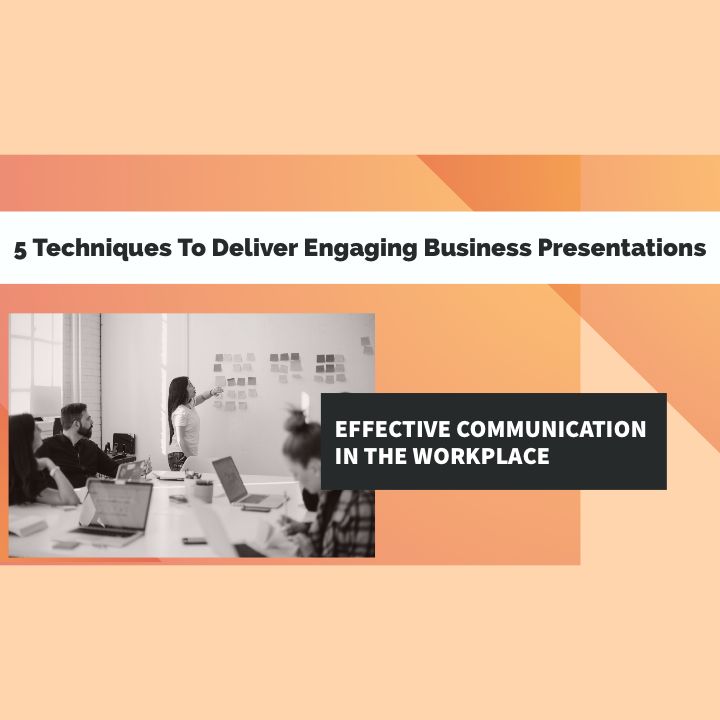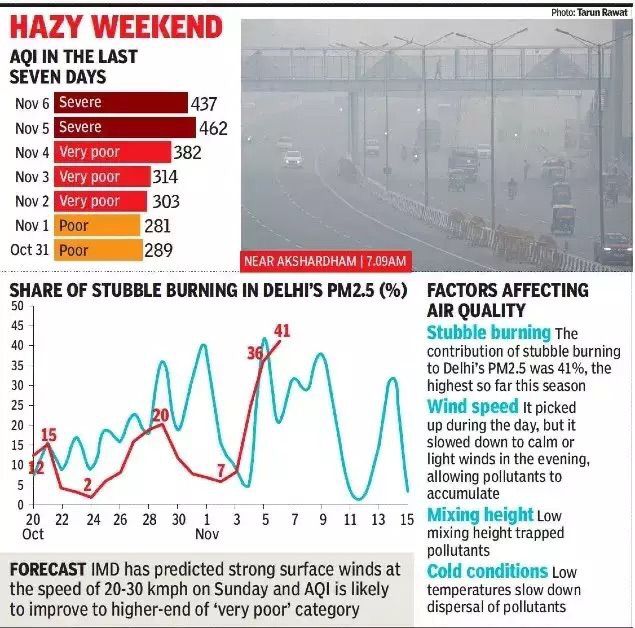Power of Words

How to create an experience for your listener during storytelling to take your audience on journey of imagination and most importantly to form an emotional connect with them: Use vivid language –Vivid language consists of the descriptive adjectives that bring your experience to life for your audience & it makes your ideas unforgettable.Example: Imagination of a child, faded ambitions Use sensory wordsSensory words help to connect to the five senses (sight, sound, smell, taste, touch) to create an image or description.Example: Thumping defeat, market came crashing down. Use Metaphors –Metaphors helps in comparison of two things, describing it more accurately.Example: He is a shining star of this quarter, as bright as sunWriters use metaphors to make writing more interesting. A metaphor expresses meaning that literal words cannot. Metaphors also make writing more concise. Storytellers use metaphors when they want to express a comparison but do not want to directly state that comparison. Metaphors allow for interpretation and layer meaning intext. Metaphors add layered meaning and interest to writing which reflects in script and in story narration. Choose a metaphor when you want to add greater significance to the text. Figurative language adds details and appeals to our senses. Use Oxymoron –An oxymoron is a combination of contradictory or incongruous words (such as cruel kindness). Oxymoron allows us to be creative in our descriptions. At times it also adds humor to our storytelling or our content. An oxymoron is a figure of speech that puts together opposite elements. The combination of these contradicting elements serves to reveal a paradox, confusion, or adds to humor elementExample: Organized mess, Jumbo shrimp, adult child, gorgeous monster, deafening silence, seriously funnyHow to make stories stand out, memorable & engaging?By infusing powerful words – add metaphors, use sensory words & use vivid language.Words have power, choose your words wisely! Published by – Monika Tandon
5 Techniques to Deliver Engaging Business Presentations

How to deliver engaging presentations: “Surprise your audience with a novel and emotionally engaging message. Build an experience by telling them something they didn’t know about before.” – Monika Tandon It’s the story, not the power point slides that will entice your audience. – Monika Tandon Create a story: Keep power point aside and take a pen & paper to script down a personal story or a business story that goes with the theme of your presentation. Script a story with a compelling hook and with a defined objective. Easy to understand: Make sure your content and language is relatable and easy to understand. Avoid using complicated words, jargons or acronyms. Simple sentences are easy to understand and easy to recall. Master the art of public speaking: Maintain eye contact with your audience as it is associated with confidence and your passion as a subject matter expert. Energy: We all love people who has a smile on their face, always full of energy and vibrant. You can’t inspire others with dull expressions. Persuade the listeners with enthusiasm and light up the room with the energy you bring in! Rehearse: There is no parallel to practice, it takes hours of hard work to rehearse and improvise your content and delivery. To be an effortless presenter one has to make efforts before the presentation to internalize and rehearse the content. One thing that distinguishes a mediocre speaker to a great speaker is how much efforts you are ready to invest to script, plan and pace your presentation. Published by Monika Tandon
Storytelling with Data

Picture Credit – Times of India Data Storytelling touching our daily life… When I was reading the newspaper and the below visual caught my attention. The finest part of the visual along with the data was that it was self-explanatory. This made me think as a storyteller that it might not always be a case that every time, we need a story to present out data or we in person have the opportunity to present the data on offline or online mode quite similar to how I was just simply reading it. How do you help people making the data more relevant and meaningful weaving a narrative around the data elements? Elements of Data Storytelling applied in the attached TOI report: Time & Place Marker: Data & facts regarding air pollution and prevalent air quality in Delhi, ncr and northern India on various days one week before Diwali. Humanistic Approach: Factors affecting the air quality gives a relevant argument to readers that the amalgamation of Stubble burning, weather conditions and wind speed which have contributed to the plummeted air quality giving a meteoric rise to air pollution. Call to action: The forecast gives a clarity to readers what they should be prepared for in the coming days, weeks. Along with numbers a meaningful and relevant visual help to catch the attention of the reader and visualize the alarming situation thereby creating a sense of urgency required to address it. People can relate to numbers better if there is a context build around those number which helps them to understand and further take an action. Data Storytelling comprises of building context for communication by understanding the audience, adding a visual design – an imagery along with the data – the accurate representation to help viewers and adding all the information in an intriguing & engaging way to help understand easily. Published by Monika Tandon

